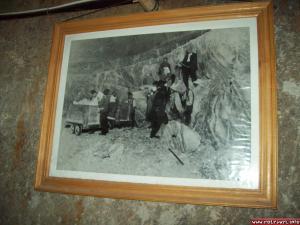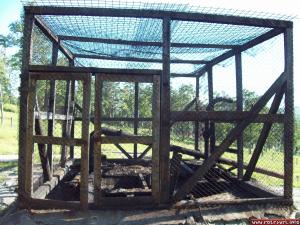
Location of Slănic Prahova
Slănic is one of the 14 towns of Prahova County, Romania, historically and currently known as a salt extraction center, as well as a spa town, with salt lakes.
The town is famous for its salt lakes (or Băi): The Shepherd’s (Baia Baciului), The Green (Baia Verde) and The Red (Baia Roşie) Lakes, as well as for the Old (Salina Veche) and New (Salina Nouă) Salt Mines.
While salt is still being extracted from the New Salt Mine, the Old Mine is open to the public now, being used as a spa, amusement center and museum of the salt mining industry.
International contests of Indoor Model Aircraft Flying (Modellism) take place annually in the upper level (Mina Mihai) of the Old Mine.
Other worthwhile tourist objectives, all within easy reach for any untrained hiker, are a local water spring named The Cold Fountain (Fântâna Rece), the TV Relay Tower (Releu) beyond The Fir Forest (Pădurea de Brazi), Beacon’s Hill (Dealul cu Semn), The Salt Mountain (Muntele de Sare) with the legendary Bride’s Cave (Grota Miresei), now partially collapsed due to rain erosion, as well as The Green Rock (Piatra Verde) and The Colt’s Small Hill (Deluşorul Mânzului).
Salina Veche is an old salt mine, located in Slănic, Prahova County, Romania, just 100 km north of Bucharest.
The salt mine is closed for extraction purposes, but is open for visitors, featuring a microclimate with natural air-conditioning and constant temperature and atmospheric pressure throughout the year.
It is made up of two levels, named Unirea and Mihai.
The work for the opening of the Unirea salt mine started in 1938 and the exploitation of the salt from this mine was performed between 1943-1970.
The exploitation was done downward from the ceiling to the basis in successive slices of 2.2 meters with a horizontal cutting at the basis and vertically along the walls.
The de-rocking was made through shooting. The transportation of the resulting material was effected with the tubs up the shaft using a cage to the installation of preparation and expedition.
The mine is composed of 14 chambers with trapezoidal profiles, having a 10 m opening to the ceiling and 32 m to the ground, a height of 54 m and a wall inclination angle of 60 degrees.
The shore difference between the surface and the base of the mine is of 208 m and it is covered by the elevator in 90 seconds. The excavated space occupies a volume of 2.9 millions m³ and it is extended on a surface of 78,000 m².
After 1970, the mine becomes a touristic objective, offering exceptional natural conditions as a result of its microclimate rich in aerosols, which proved its well known efficiency in treating the respiratory diseases.
The air-conditioning of the mine is natural, with a constant temperature during the whole year of 12 °C, an atmospheric pressure of 730 mmHg and a humidity with an average of 10% lower than the surface average.
Source: Wikipedia


























